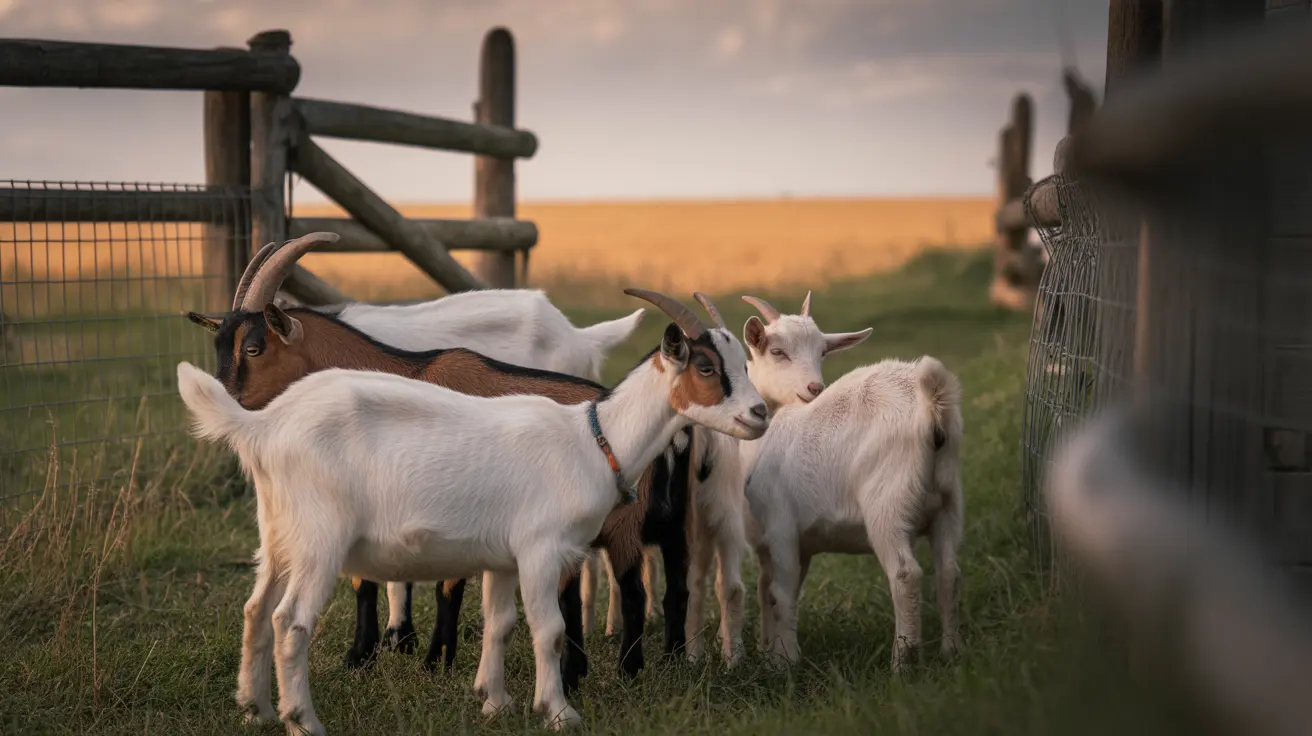In a significant animal welfare enforcement action, the SPCA has removed hundreds of animals from a farm property in Brant, New York, highlighting the ongoing challenges of large-scale animal neglect cases. This substantial rescue operation underscores the critical importance of proper farm animal care and the severe consequences that can result when animal welfare standards are not maintained.
The scale of this animal neglect case demonstrates how quickly conditions can deteriorate on farm properties, potentially affecting the health and well-being of numerous animals simultaneously. Such large-scale interventions require extensive coordination between multiple agencies and organizations to ensure all rescued animals receive appropriate care.
Large-Scale Animal Rescue Operations
When the SPCA conducts a farm animal rescue process of this magnitude, it involves careful planning and significant resources. Removing hundreds of animals requires coordination with veterinarians, animal care specialists, transportation teams, and temporary housing facilities. Each animal must be assessed individually for health conditions, behavioral issues, and specific care requirements.
The immediate priority in any large-scale animal rescue focuses on providing emergency medical care, proper nutrition, clean water, and safe shelter. Many animals rescued from neglect situations may suffer from malnutrition, untreated medical conditions, or psychological trauma that requires specialized attention.
Farm Animal Abuse Signs and Recognition
Recognizing early warning signs of potential animal neglect can help prevent situations from escalating to this level. Common indicators include:
- Animals appearing severely underweight or malnourished
- Lack of adequate shelter, food, or clean water
- Overcrowded living conditions
- Animals showing signs of untreated illness or injury
- Accumulation of waste or debris in animal living areas
- Animals displaying abnormal behaviors consistent with stress or fear
Animal Welfare Enforcement in New York
New York state maintains strict animal cruelty penalties for individuals who fail to provide proper care for animals under their supervision. The legal framework allows authorized agencies like the SPCA to intervene when animals face immediate danger or suffer from ongoing neglect.
Animal welfare enforcement agencies work closely with local law enforcement and veterinary professionals to investigate reports of suspected animal abuse or neglect. These collaborations ensure that cases are handled professionally and that appropriate legal action can be pursued when necessary.
Foster Care for Rescued Animals and Community Support
Following major rescue operations, animal welfare organizations often rely on foster care networks and community support to provide temporary homes for rescued animals. The rehabilitation process can be lengthy, particularly for animals that have experienced severe neglect or trauma.
Community members interested in supporting rescued animals can contact local animal welfare organizations to learn about volunteer opportunities, foster programs, or donation needs. Many organizations also welcome assistance with transportation, fundraising, or temporary animal care during emergency situations.
Prevention and Reporting
Preventing animal neglect requires community awareness and prompt reporting of suspected cases. Individuals who observe potential signs of animal abuse or neglect should contact local animal control authorities or organizations like the SPCA immediately.
Early intervention can prevent minor care issues from developing into serious neglect situations that endanger animal lives and require extensive rescue operations. Regular welfare checks and educational outreach also play important roles in maintaining proper animal care standards.
Frequently Asked Questions
How can I recognize signs of animal neglect or hoarding on a farm?
Key signs include animals that appear malnourished, lack adequate shelter or clean water, show signs of untreated illness, or live in overcrowded or unsanitary conditions. Multiple animals displaying these conditions simultaneously often indicates systematic neglect requiring immediate intervention.
What immediate care do rescued farm animals usually need after a large-scale neglect seizure?
Rescued animals typically require emergency veterinary assessment, proper nutrition, clean water, appropriate shelter, and treatment for any medical conditions. Many also need behavioral rehabilitation and socialization, especially if they've experienced prolonged neglect or trauma.
What legal consequences might farm owners face for animal cruelty or neglect in New York?
New York animal cruelty penalties can include fines, imprisonment, and permanent bans on animal ownership. The severity of consequences typically depends on the extent of neglect, number of animals affected, and whether the individual has prior animal cruelty convictions.
Moving Forward
This significant animal rescue operation in Brant serves as a reminder of the ongoing need for vigilant animal welfare oversight and community involvement. By staying informed about proper animal care standards and reporting suspected neglect promptly, community members can help prevent such large-scale rescue situations from becoming necessary.
The dedication of SPCA personnel and other animal welfare professionals ensures that rescued animals receive the care they need to recover and, when possible, find new homes where they can thrive under proper supervision and care.





